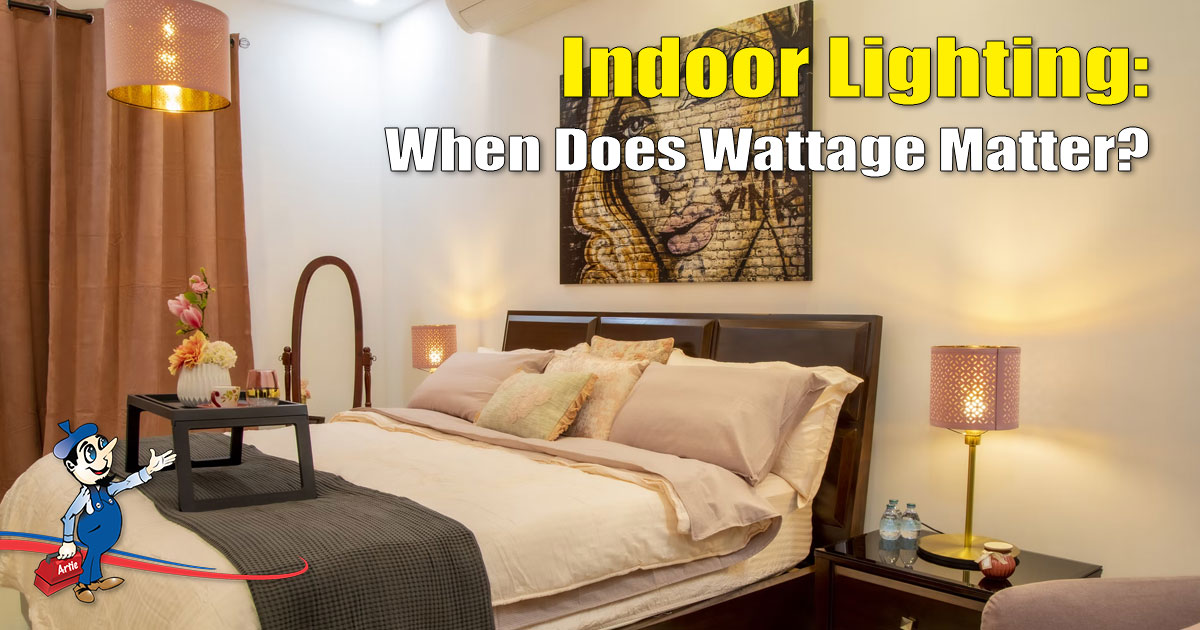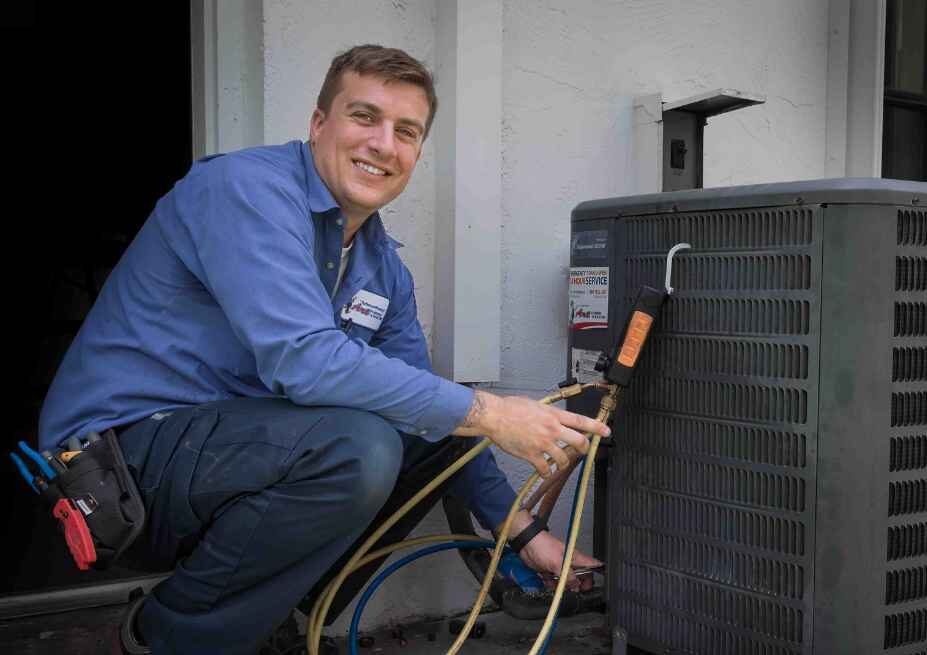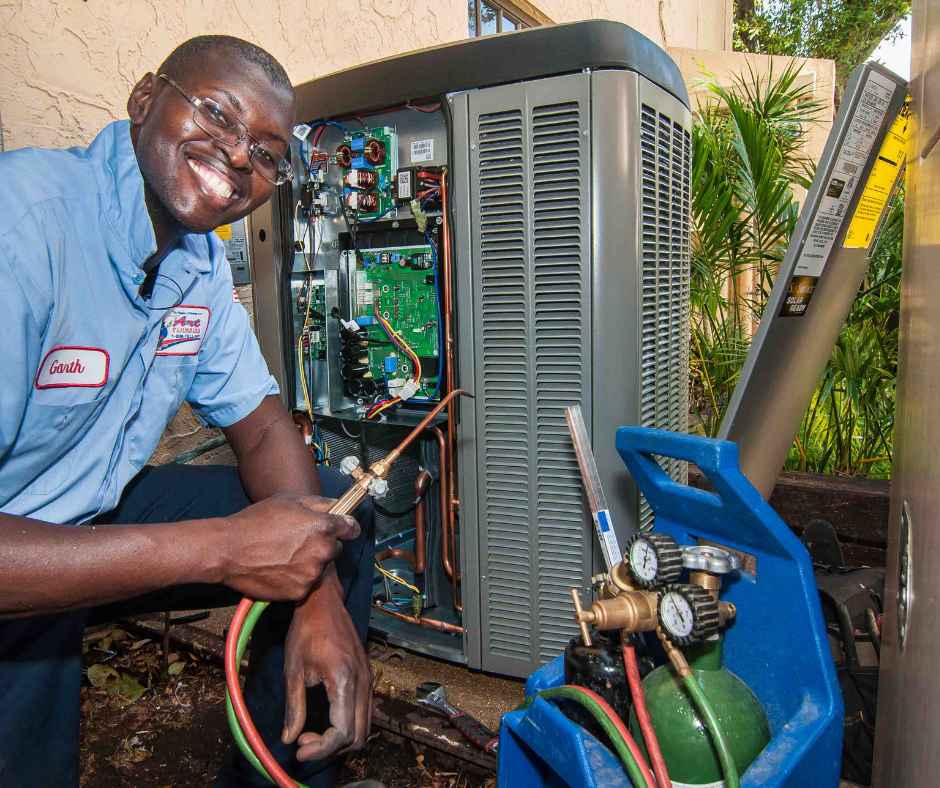Check Out Our Special Offers
Indoor Lighting: When Does Wattage Matter?

Light bulbs are used in everyone’s daily lives. Many people don’t think much about indoor lighting until it’s time to replace a light bulb. There are instances in which wattage matters, especially when it comes to the type of light fixture you’re using.
If we’ve piqued your interest, keep reading to learn more about indoor lighting and when wattage matters.
When Wattage Matters
Wattage matters in quite a few instances such as choosing the right light bulb or replacing a bulb in a string of Christmas tree lights. It’s common to reach for any spare light bulb that’s available, but you might have a light fixture that has a maximum wattage limit. If bulbs are installed that surpass the wattage rating, then the fixture could become overheated.
When There’s a Possible Danger
While you will not have to worry about damage to electrical circuit wires or other issues with wiring in the home, danger potentially lurks in the fixture itself. The heat that is brought on by the light bulb can cause the wire leads inside the fixture to overheat. Even more so, the heat can potentially melt the insulation on the leads.
Additionally, certain light fixtures contain internal insulation that protects wires up to a specific temperature. If the temperature goes beyond the limit by using a light fixture with bulbs that are too large, then wire damage can happen.
But, What’s the Best Wattage for Indoor Lighting?
For rooms with suitable amounts of natural light, the wattage for indoor lighting should be around 60 watts. If you’re in a room with no windows or few windows, the number should be bumped up to 75 watts.
What Is Overlamping?
Overlamping happens when you use a light bulb with a wattage that exceeds what your fixture can handle. If you exceed your fixture’s recommended wattage rating, there’s a risk of generating intense heat. There are several issues overlamping can lead to, and the more prolonged the overlamping is, the more you leave yourself and your home vulnerable to risks.
Overlamping Risks
There are risks involved with overlamping which include the following:
Irreversible Damage to a Fixture
Overlamping can cause irreversible damage to your fixture. Once you have used a light bulb that exceeds your fixture’s wattage rating, and you attempt to resolve your mishap, the damage may have already been done. Because of this, it’s imperative to make sure your replacement light bulb is within the recommended wattage parameters.
Overheating
Installing a light bulb with a wattage that’s larger than the wattage parameters can result in overheating of the light bulb. When this occurs, you put your home at risk of fires.
When Watts Are Not An Issue
Watts are not an issue when it comes to how much light your light bulb generates. Light is measured in lumens, not watts. One lumen is the amount of light that’s dispersed evenly and generates illumination of a one-foot candle on every position over one square foot of surface area. The amount of light a light bulb generates is the most important thing to consider when looking for a replacement.
Finding the Right Electrician in South Florida
Always buy a light bulb that matches or is below your fixture’s wattage rating. If there is no wattage recommendation listed on your fixture, it’s best to use a bulb with 60 watts or lower. To ensure safety, have an experienced electrician at Art Plumbing, Air Conditioning & Electric conduct an inspection on your electrical system to check for any overlamping damages that need to be resolved within your indoor lighting system.
Our electricians exceed clients’ expectations and have comprehensive knowledge of the most complex electrical problems. We offer a wide range of electrical services to meet your needs. Contact us today at 1-800-475-1504 to learn more.





